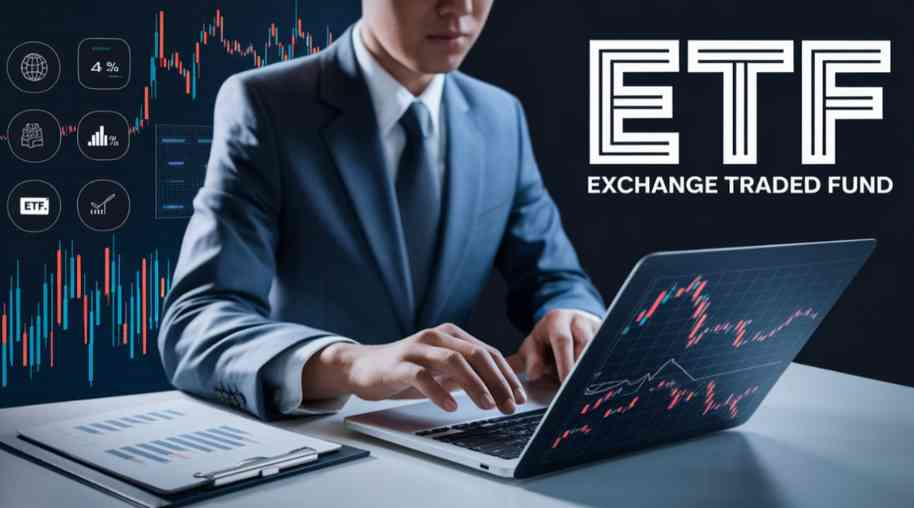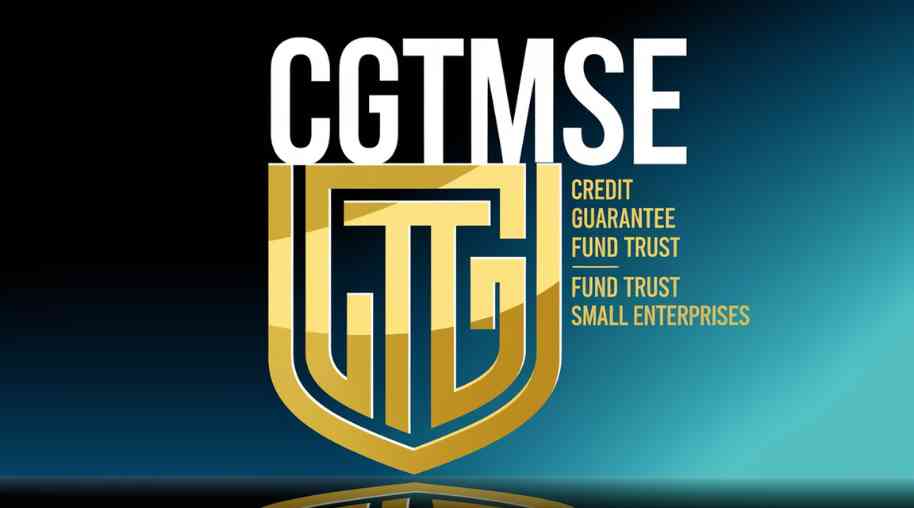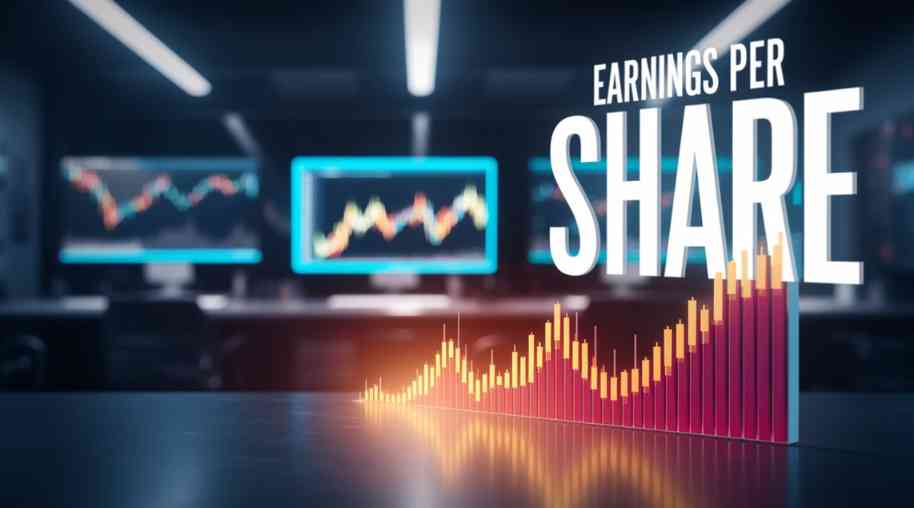ETF Full Form-Exchange Traded Fund
by Shashi Gaherwar
0 1939
Exchange Traded Funds (ETFs): A Smart Investment Choice for Diversification
Exchange Traded Funds (ETFs) have emerged as a popular investment vehicle, offering a low-cost, diversified, and flexible way to invest in the stock market. ETFs combine the benefits of mutual funds and individual stocks, making them attractive to both retail and institutional investors.

This article explores what ETFs are, the types available, the advantages and risks of investing in them, and how they compare to mutual funds—helping you decide if ETFs align with your investment strategy.
What is an Exchange Traded Fund (ETF)?
An Exchange Traded Fund (ETF) is an investment fund that holds a collection of assets such as stocks, bonds, commodities, or currencies. These funds are traded on stock exchanges just like individual stocks. Unlike mutual funds, which are only priced and traded once per day, ETFs can be bought and sold at market prices throughout the trading day. This real-time trading feature makes ETFs flexible and accessible to investors.
Key Features of ETFs
- Diversification: By holding a range of assets within a single fund, ETFs reduce exposure to the risk of any one asset.
- Liquidity: Since ETFs trade on exchanges, they can be bought or sold any time the market is open.
- Lower Costs: Most ETFs have lower expense ratios than actively managed mutual funds, making them cost-efficient.
- Transparency: ETF holdings are generally disclosed daily, unlike mutual funds that report quarterly or monthly.
- Tax Efficiency: ETFs often have fewer taxable events due to their unique structure, resulting in lower capital gains taxes.
Types of Exchange Traded Funds (ETFs)
There are several types of ETFs, each serving different investment goals and strategies:
- Equity ETFs: Track stock market indexes such as the S&P 500, Nasdaq, or specific sectors like technology or healthcare. Examples: SPDR S&P 500 ETF (SPY), Invesco QQQ Trust (QQQ).
- Bond ETFs: Invest in fixed-income securities like government, corporate, or municipal bonds. Examples: iShares Core U.S. Aggregate Bond ETF (AGG), Vanguard Total Bond Market ETF (BND).
- Commodity ETFs: Focus on physical commodities such as gold, silver, or oil. Examples: SPDR Gold Shares (GLD), United States Oil Fund (USO).
- International ETFs: Provide exposure to foreign markets and global economies. Examples: iShares MSCI Emerging Markets ETF (EEM), Vanguard FTSE Developed Markets ETF (VEA).
- Thematic and Sector ETFs: Invest in specific trends or industries like robotics, clean energy, or artificial intelligence. Examples: Global X Robotics & AI ETF (BOTZ), iShares Global Clean Energy ETF (ICLN).
- Inverse and Leveraged ETFs: Advanced tools where inverse ETFs profit from market declines, and leveraged ETFs amplify returns using derivatives. Examples: ProShares Ultra S&P 500 (SSO), ProShares Short S&P 500 (SH).
Benefits of Investing in ETFs
- Diversification: Spread investment across multiple assets, reducing risk compared to individual stock investments.
- Cost-Effective: Lower expense ratios and no active management fees make ETFs budget-friendly.
- Accessibility and Liquidity: ETFs trade like stocks, allowing real-time buying and selling.
- Transparency: Investors can see the fund's holdings on a daily basis.
- Tax Efficiency: In-kind transfers and fewer transactions generate fewer capital gains.
ETF vs. Mutual Funds
- Trading: ETFs trade in real-time on stock exchanges, while mutual funds are priced at the end of the trading day.
- Costs: ETFs usually have lower costs and are more tax-efficient due to in-kind redemptions.
- Management: Most ETFs are passively managed and track an index, while mutual funds may follow active or passive strategies.
- Investment Minimums: ETFs often have no minimum investment requirements, unlike many mutual funds.
Risks of ETFs
- Market Risk: ETFs are subject to price fluctuations based on market performance.
- Liquidity Risk: Niche or low-volume funds can be hard to trade efficiently.
- Tracking Error: ETFs may not always perfectly mirror the performance of their underlying index.
- Complexity Risk: Leveraged and inverse ETFs can be risky due to their use of derivatives and should be handled with care.
How to Invest in ETFs
- Open a Brokerage Account: Many online brokers offer commission-free ETF trading.
- Research ETFs: Compare ETFs based on investment goals, expense ratios, and historical performance.
- Purchase Shares: Decide investment amount and buy ETF shares.
- Monitor and Rebalance: Regularly review your portfolio and rebalance to stay aligned with your

Share:








Comments
Waiting for your comments